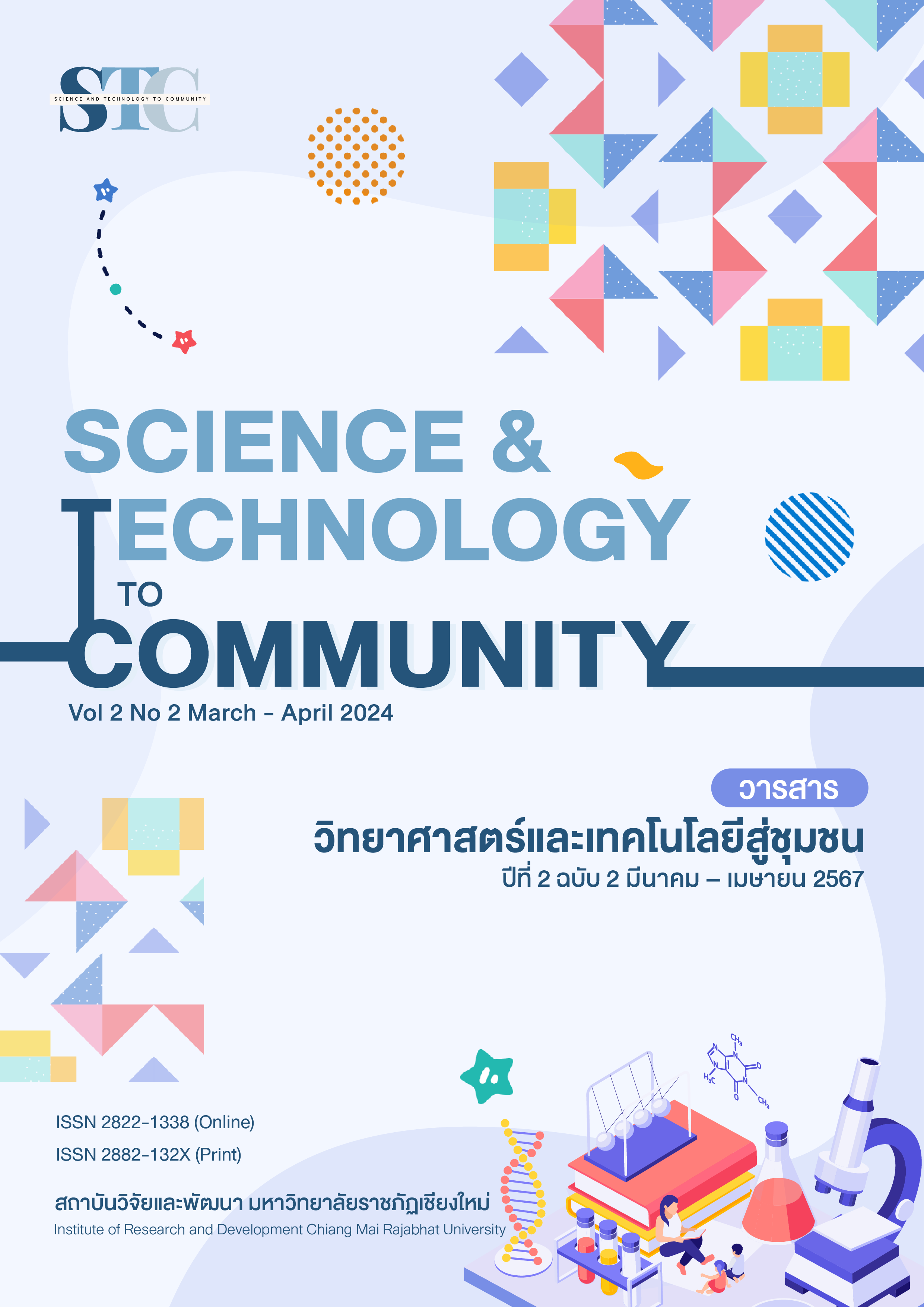Healthy Wine with Antioxidant Activity Production from Coffee Cherry Pulp
DOI:
https://doi.org/10.57260/stc.2024.750Keywords:
Healthy wine, Coffee cherry pulp, Antioxidant activityAbstract
The objective of this research is to produce a healthy wine with antioxidant activity from coffee cherry pulp. The production was conducted at 40 liters within 7 days. Increasing instant yeast inoculum operated with 40 g of yeast in 6 liters of fermented liquor. Coffee cherry pulp was added in the fermentation with a ratio of 1.7% (w/v) included with total soluble solids or sweetness of 20 Brix. The fermentation occurred in aeration with 1 day, then, added to 40 liters of fermented liquor with coffee cherry pulp ratio and the same total soluble solids or sweetness for expansion. The fermentation was conducted in aeration for 1 day and anaerobic condition for 5 days. Study results have shown that healthy wines contain 13% alcohol, 436 ug gallic acid/ml of phenolic compounds, 135 ug ascorbic acid/ml of antioxidant activity by DPPH radical scavenging method, 121 ug ferrous sulphate/ml of antioxidant activity by FRAP method, and 34.53% antioxidant activity, which is good for health. The production cost is only 6 baht per 1 liter of wine.
Downloads
References
ชุติมณฑน์ พลอยประดับ, พุทธพร เจียมศุภกิตต์ และ นิรมล ปัญญ์บุศยกุล. (2553). ฤทธิ์การต้านออกซิเดชั่นของส่วนต่างๆ ของผลกาแฟอาราบิก้า และเปลือกกาแฟ. วารสารวิทยาศาสตร์เกษตร, 41(3/1), 577-580. สืบค้นจาก https://www.researchgate.net/profile/Niramol_Punbusayakul/publication/280824495
ณัฐพร จันทร์ฉาย และ ศันศนีย์ บุญเกิด. (2562). สภาวะที่เหมาะสมต่อความสามารถต้านอนุมูลอิสระของ Rhodotorula rubra MJU18. วารสารเกษตรพระจอมเกล้า, 37(1), 69-77. สืบค้นจาก
https://li01.tci-thaijo.org/index.php/agritechjournal/article/view/179921
ธเนศวร นวลใย และ เบญจมาส ไชยลาภ. (2564). ปริมาณฟีนอลิกทั้หมดและฤทธิ์การต้านอนุมลูอิสระของส่วนแยกย่อยจากเปลือกลำต้นของกรวยป่า. วารสารมหาวิทยาลัยศรีนครินทรวิโรฒ (สาขาวิทยาศาสตร์และเทคโนโลยี), 13(26), 38-47. สืบค้นจาก https://ejournals.swu.ac.th/index.php/SWUJournal/article/view/14110
นฤมล บุญมี, นักรบ นาคประสม, ชนวัฒน์ นิทัศน์วิจิตร, พัฒนา เฟื่องฟู, จริยาพร สังข์ภิรมย์ และ กาญจนา นาคประสม. (2562). การหาสภาวะที่เหมาะสมต่อการผลิตกรดอะซีติกในระหว่างกระบวนการหมักน้ำส้มสายชูจากเนื้อผลกาแฟ. วารสารวิทยาศาสตร์และเทคโนโลยี. มหาวิทยาลัยธรรมศาสตร์, 27(6), 1038-1053. สืบค้นจาก https://li01.tci-thaijo.org/index.php/tstj/article/view/205325
พัทธชัย ปิ่นนาค, ธัญญ์นรี จิณะไชย, สุพิชญา เกษร และ อาลิตา มาคูณ. (2563). ปริมาณสารต้านอนุมูลอิสระและฤทธิ์ต้านอนุมูลอิสระในเปลือกกาแฟเชอร์รี่และดอกกาแฟ ในระบบวนเกษตรของจังหวัดอุตรดิตถ์. วารสารวิชาการวิทยาศาสตร์และวิทยาศาสตร์ประยุกต์, 1(1), 61-70. สืบค้นจาก https://ajsas.uru.ac.th/files_complete/1592842455_7551.pdf
ไพโรจน์ วิริยจารี. (2550). การพัฒนากาแฟพันธุ์อาราบิก้าจากผลพลอยได้ของกระบวนการแปรรูปกาแฟระยะที่ 1: การผลิตเมล็ดกาแฟดิบด้วยเทคโนโลยีทางเอนไซม์. ภาควิชาเทคโนโลยีการพัฒนาผลิตภัณฑ์. มหาวิทยาลัยเชียงใหม่. สืบค้นจาก https://ph01.tci-thaijo.org/index.php/scudru/issue/download/17337/4221
วรรณดี มหรรณพกุล, ขนิษฐา อินทร์ประสิทธิ์, ปิติ กาลธิยานันท์ และ ปัญจ์ยศ มงคลชาติ. (2555). การผลิตเครื่องดื่มไซเดอร์กล้วย. วารสารผลงานวิชาการ กรมวิทยาศาสตร์บริการ, 1(7), 142-157. สืบค้นจาก
https://ph03.tci-thaijo.org/index.php/BAS/article/view/190
วราวุฒิ ครูส่ง. (2538). จุลชีววิยาในกระบวนการแปรรูปอาหาร. กรุงเทพมหานคร. โอ เอส พริ้นติ้งเฮาส์.
สมหมาย ปัตตาลี. (2551). การศึกษาคุณภาพของน้ำหมักชีวภาพที่ผลิตจากผลมะหลอด. วิทยานิพนธ์ปริญญาโท, สาขาวิทยาศาสตร์ศึกษา มหาวิทยาลัยศรีนครินทรวิโรฒประสานมิตร.
อรอง จันทร์ประสาทสุข. (2561). การคัดแยกจุลินทรีย์ออโตโคนัสที่เกี่ยวข้องกับการหมักน้ำสับปะรดคั้นสด เป็นกล้าเชื้อสำหรับการผลิตน้ำผลไม้น้ำตาลต่ำ. รายงานวิจัยฉบับสมบูรณ์. โครงการวิจัยประเภท งบประมาณเงินรายได้ จากเงินอุดหนุนรัฐบาล (งบประมาณแผ่นดิน) ประจำปีงบประมาณ พ.ศ. 2561. มหาวิทยาลัยบูรพา. สืบค้นจาก https://buuir.buu.ac.th/xmlui/handle/1234567890/3749
Atlantic. (2011). Antioxidants Explained: Why These Compounds Are So Important. Retrieved from https://www.theatlantic.com/health/archive/2011/10/antioxidants-explained-why-these-compounds-are-so-important/247311/
Fushimi, T., Suruga, K., Oshima, Y., Fukiharu, M., Tsukamoto, Y., & Goda, T. (2006). Dietary acetic acid reduces serum cholesterol and triacylglycerols in rats fed a cholesterol-rich diet. British J. Nutr., 95(5), 916-924. Retrieved from https://www.researchgate.net/publication/7169557
Hillkoff. (2021). COC #1 cider of coffee. Retrieved from https://hillkoff.org/coc-1-cider-of-coffee .
Johnston, C., Kim, C., & Buller, A. (2004). Vinegar improves insulin sensitivity to a high carbohydrate meal in subjects with insulin resistance or type 2 diabetes mellitus. Diabetes Care, 27(1), 281-282. Retrieved from https://doi.org/10.2337/diacare.27.1.281
Leeman, M., Ostman, E., & Bjorck, I. (2005). Vinegar dressing and cold storage of potatoes lowers postprandial glycemic and insulinemic responses in healthy subjects. Eur. J. Clin. Nutr., 59, 1266-1271. Retrieved from https://www.nature.com/articles/1602238
Ostman, E., Granfeldt., Y., Persson, L., & Bjorck, I. (2005). Vinegar supplementation lowers glucose and insulin responses and increases satiety after a bread meal in healthy subjects. Eur. J. Clin. Nutr., 59(9), 983-988. Retrieved from https://www.researchgate.net/publication/7729967
Panchal, C. J., & Tavares, F. C. A. (1990). Yeast strain selection for fuel ethanol production. In C.J. Panchal (ed.), New York: Marcel Dekker Inc.
Pekal A., & Pyrzynska K. (2004). Evaluation of aluminium complexation reaction for flavonoid content assay. Food analysis, 7, 1776-1782. Retrieved from https://link.springer.com/article/10.1007/s12161-014-9814-x
Thomas, J. B. (2012). A Comparative study of the Antioxidant activity (DPPH), Total flavonoid, Total Tannin, Total polyphenol levels in plant extracts of the Annona muricata, Ribes nigrum and Manilkara zapota. International Journal of Scientific and Research Publications, 6(9), 490-494. Retrieved from https://www.ijsrp.org/research-paper-0916.php?rp=P575810
Vine, P. R., Harkness, E. M., Browning, T., & Wagner, C. (1997). Wine making from grape growing to marketplace. New York, Chapman & Hall.
Yang, J., Chen, J. F., Zhao, Y. Y., & Mao, L. C. (2010). Effects of drying processes on the antioxidant properties in sweet potatoes. Agricultural Sciences in China, 9(10), 1522–1529. Retrieved from https://doi.org/10.1016/S1671-2927(09)60246-7
Downloads
Published
How to Cite
Issue
Section
License
Copyright (c) 2024 Science and Technology to Community

This work is licensed under a Creative Commons Attribution-NonCommercial-NoDerivatives 4.0 International License.
1. Articles, information, content, images, etc. that are published in "Science and Technology for Community Journal" is the copyright of science and Technology for Community Journal. Chiang Mai Rajabhat University. If any person or organization wants to distribute all or any part of it or do any action Must have written permission from the science and Technology for Community Journal, Chiang Mai Rajabhat University.
2. Content of articles appearing in the journal is the responsibility of the author of the article. The journal editor is not required to agree or take any responsibility.














